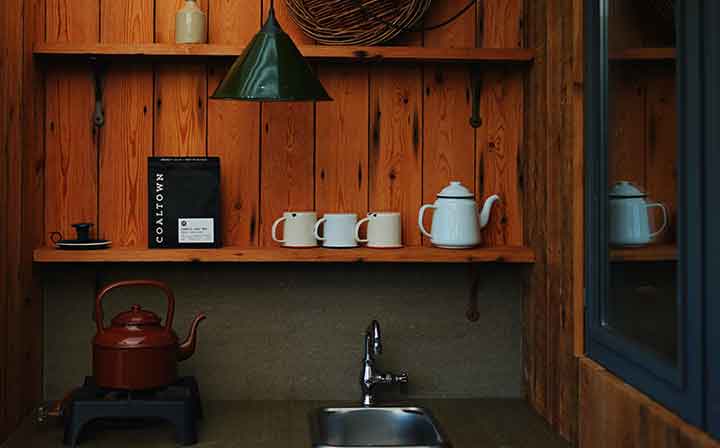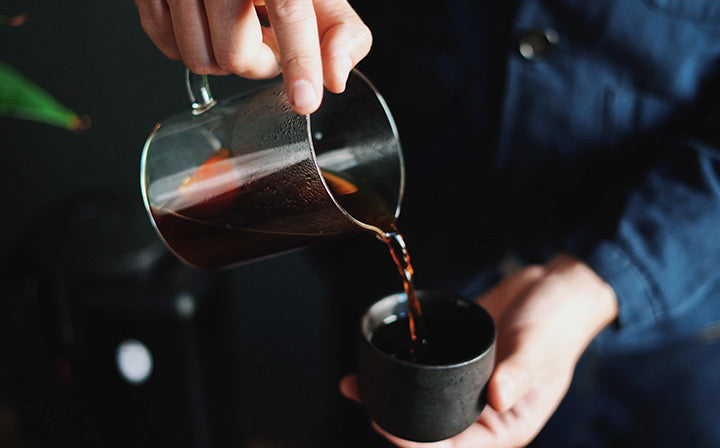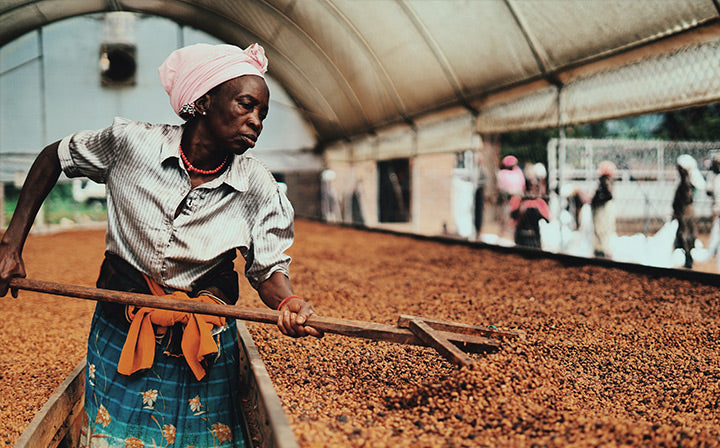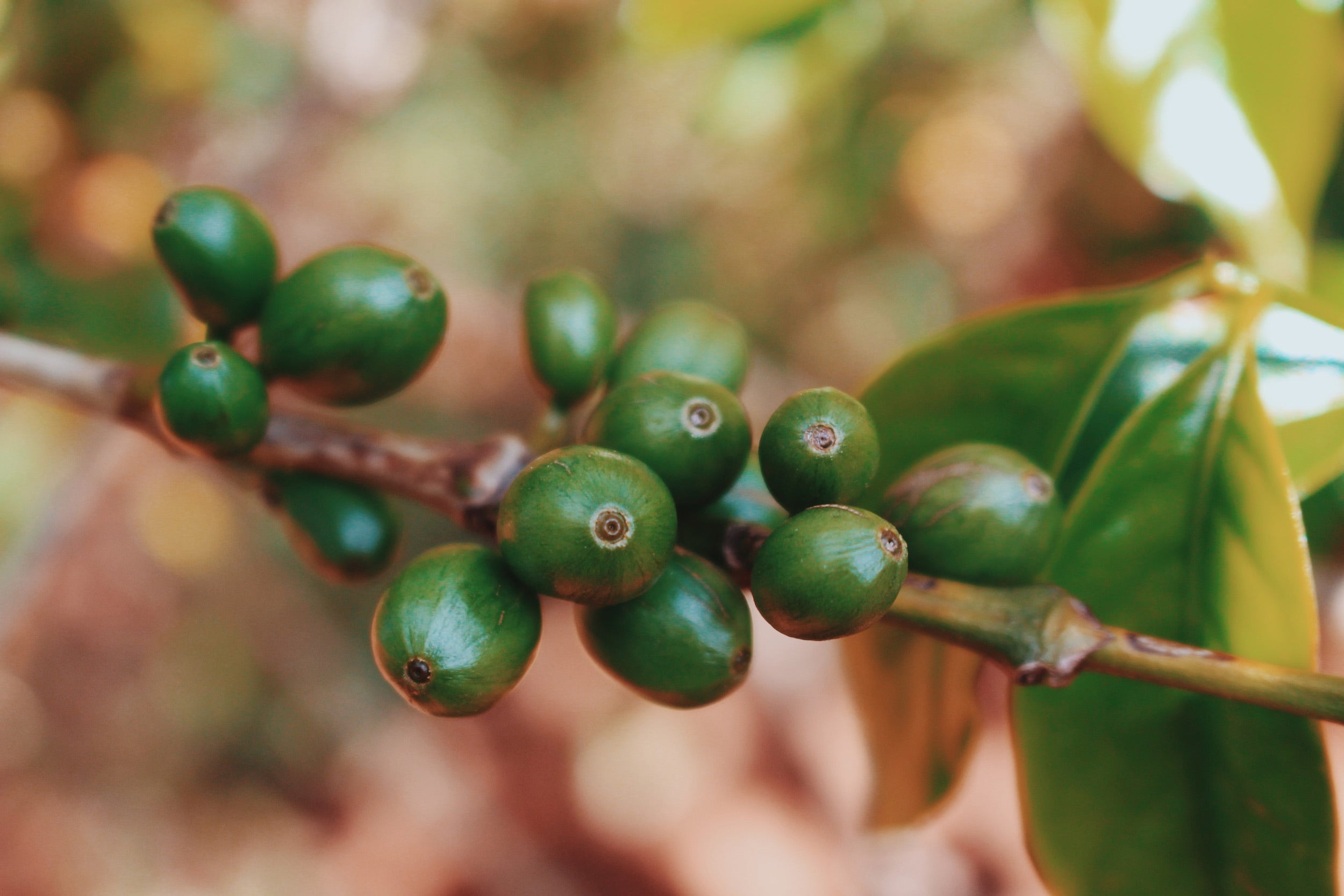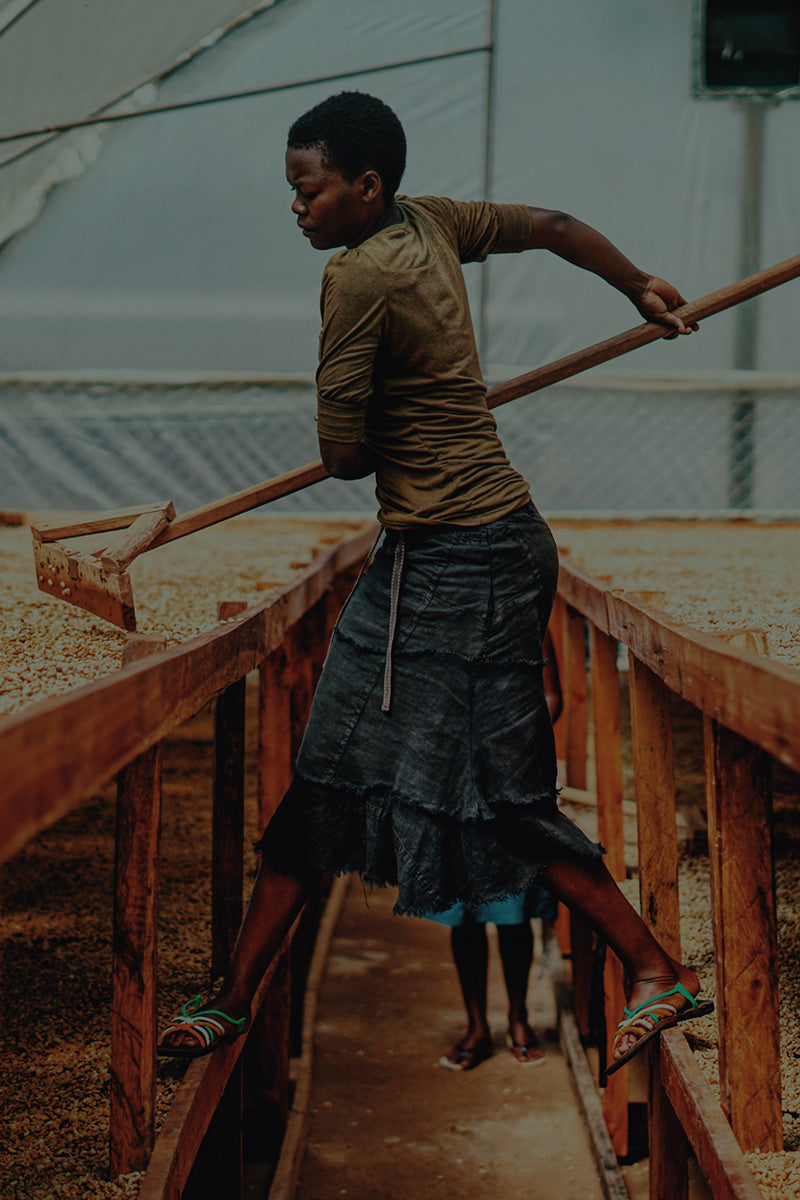Origin History
Kenya, located on Africa’s east coast along the equator, is often called “the cradle of humanity” due to significant archaeological discoveries in the Great Rift Valley. The country’s diverse landscapes range from mountains and valleys to deserts and sandy coastlines, making it a popular destination for tourists. Coffee was introduced to Kenya in the 19th century by French missionaries using seeds from Reunion Island, but it wasn’t until 1893 that coffee was planted in Kenya. By 1933, the Kenyan Coffee Board was set up to oversee production and quality control.
Most Kenyan coffee comes from small farms, or ‘shambas’, where farmers grow coffee in the shade, along with vegetables, fruits and even livestock. The iconic SL28 and SL34 coffee varieties, developed in the 1930s, are known worldwide for their complex flavours and bright, lemony acidity. These varieties thrive in the Central Highlands, particularly on the southern slopes of Mt. Kenya and in the foothills of the Aberdare Mountains (Nyandarua Mountains), where the high altitudes and fertile volcanic soils create the perfect conditions for exceptional coffee.
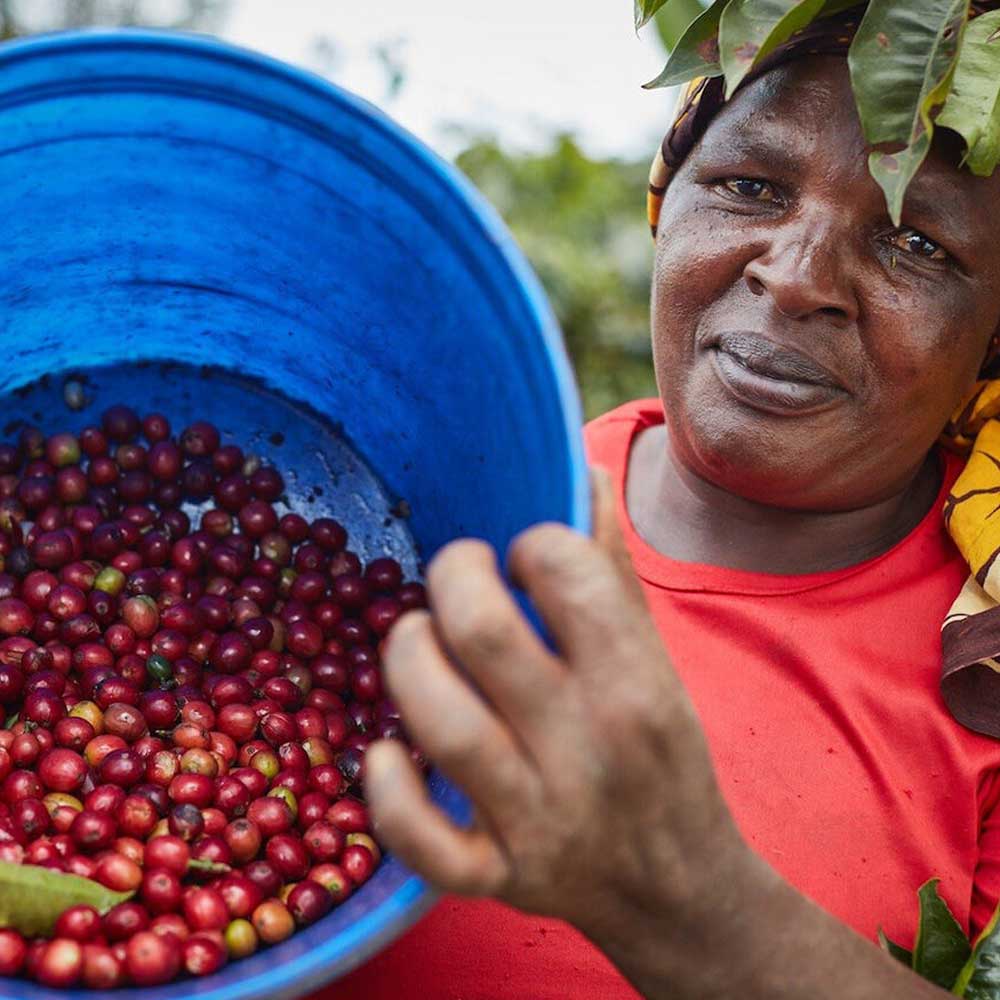
Population: 55m
Altitudes: 1,400-2,100 Masl
Farmers: 700k
Average Farm Size: 0.5-2 Hectares
Varietals: SL28, SL34, Batian
Processes: Washed
Rainfall: 1,200-1,800mm
Yearly Yield: 800k 60kg Bags
Present Day
Kenya’s coffee industry has faced challenges in recent decades, including fluctuating production, low prices and climate change. Despite this, around 60% of the country’s coffee is produced by cooperatives, with about half a million to 600,000 smallholder farmers involved. The country’s total production is estimated at around one million bags per year. Coffee is mostly grown at altitudes between 1,200 and 2,300 metres above sea level, where the cooler temperatures help develop the distinctive flavours Kenyan coffee is known for.
Though Kenya’s coffee industry peaked in the late 1980s, it has seen a decline since then. In response, the government has introduced reforms to help farmers get better prices and improve the industry’s sustainability. The coffee is typically harvested from October to December, with an early crop between May and July. After harvesting, the cherries are sorted, pulped, fermented, washed and dried before being milled and exported. Despite its challenges, Kenya remains a key player in the global coffee market, known for producing some of the finest and most sought-after coffees in the world.
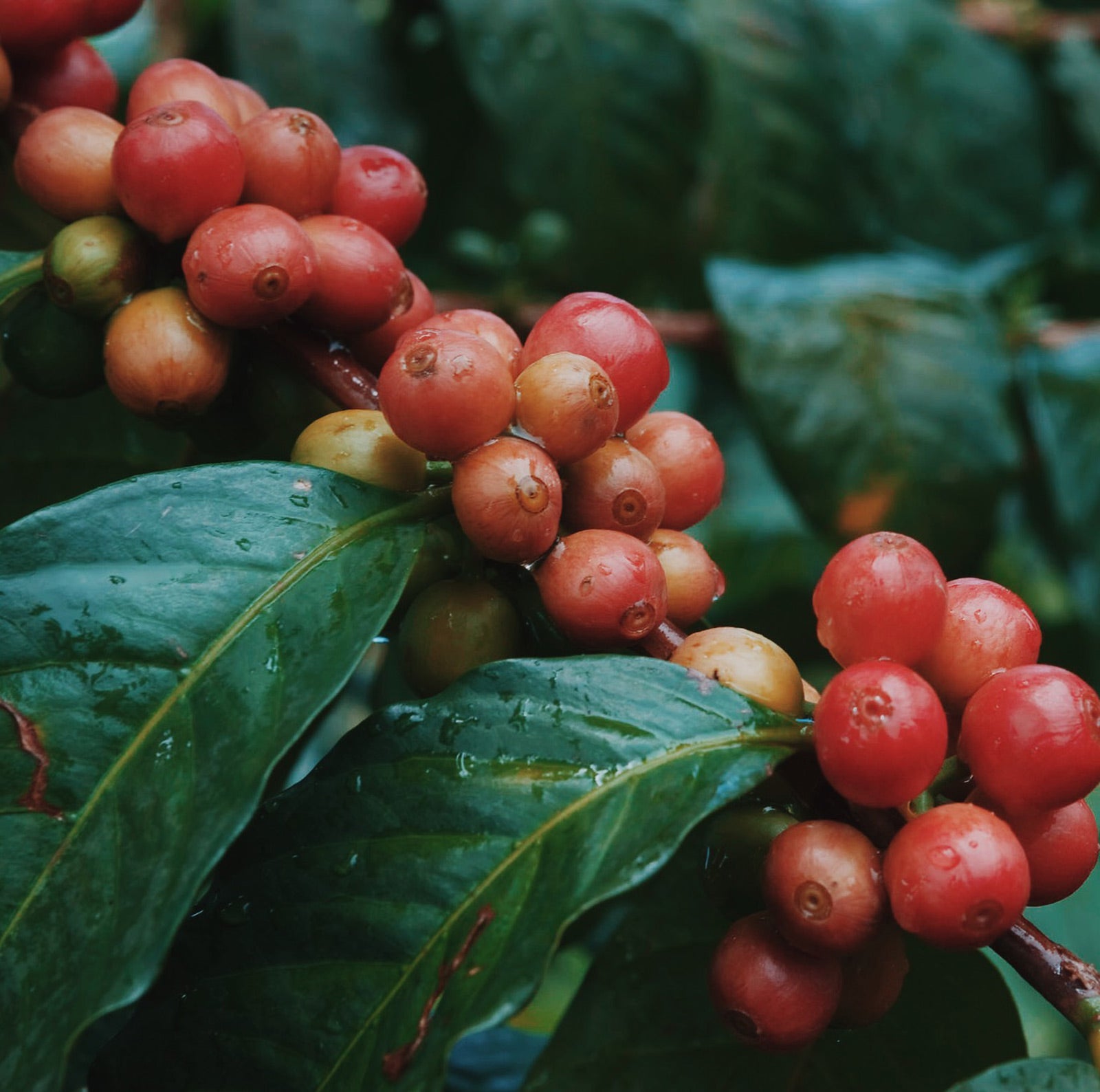
Coffee Arabica
Batian
The Batian varietal, developed in the 2000s by Kenya's Coffee Research Institute, is a hybrid created by crossing SL28 with disease-resistant varieties. It combines the complexity of traditional Kenyan coffees with improved resilience to diseases like coffee leaf rust and coffee berry disease. Known for its bright acidity and vibrant fruity notes of citrus and tropical fruits, Batian has a smooth, mild body. Its flavour complexity mirrors its parent varieties but offers more consistent quality due to its disease resistance. Thriving at altitudes between 1,500 and 2,100 metres (4,900 to 6,900 feet), Batian is increasingly popular in highland areas. While resistant to many diseases, it still requires careful attention to maintain its high-quality cup. Like other Kenyan coffees, Batian beans have high water content, contributing to their juicy, crisp profiles, making it a reliable yet complex option for farmers.
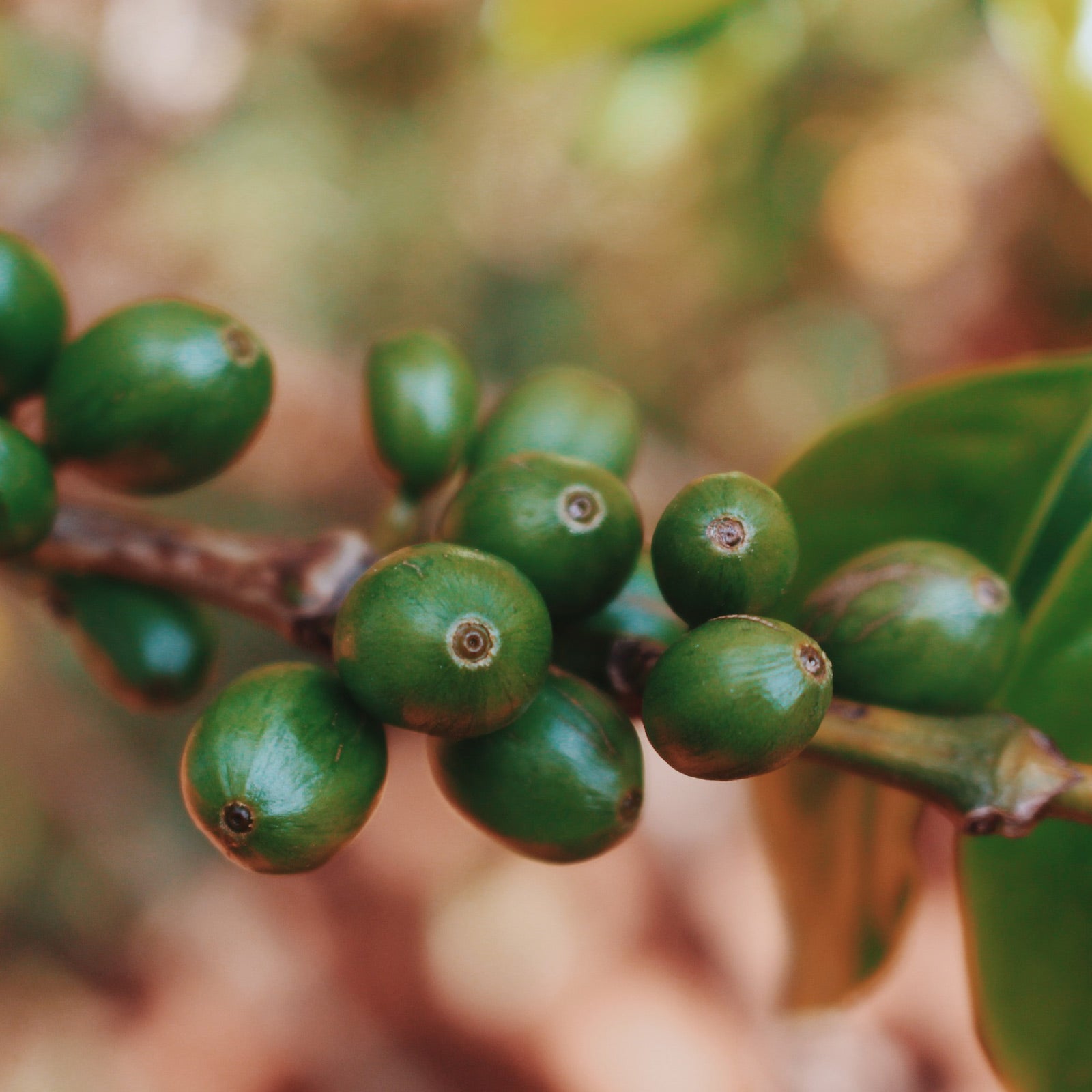
Coffee Arabica
SL28, SL34
Both SL28 and SL34 were developed in Kenya in the 1930s and are offspring of a hybrid between Bourbon and a local variety. These varietals are famous for their bright acidity and complex fruit flavours, particularly berries, citrus and tropical fruits. SL28 tends to have a juicier, wine-like profile, while SL34 is slightly more citrus-forward. They are highly susceptible to coffee diseases like coffee berry disease and leaf rust, but they offer unparalleled flavour complexity when grown in optimal conditions, typically at altitudes above 1,500 metres. The beans have a higher water content, contributing to their vibrant and juicy cup profiles.





